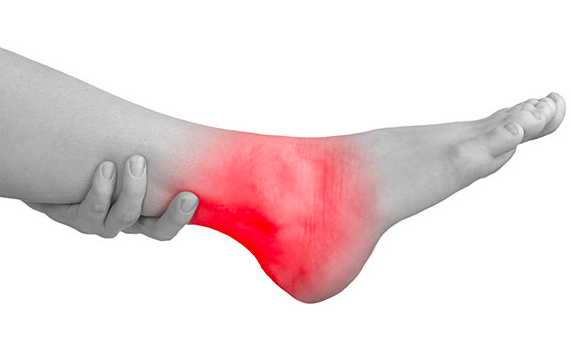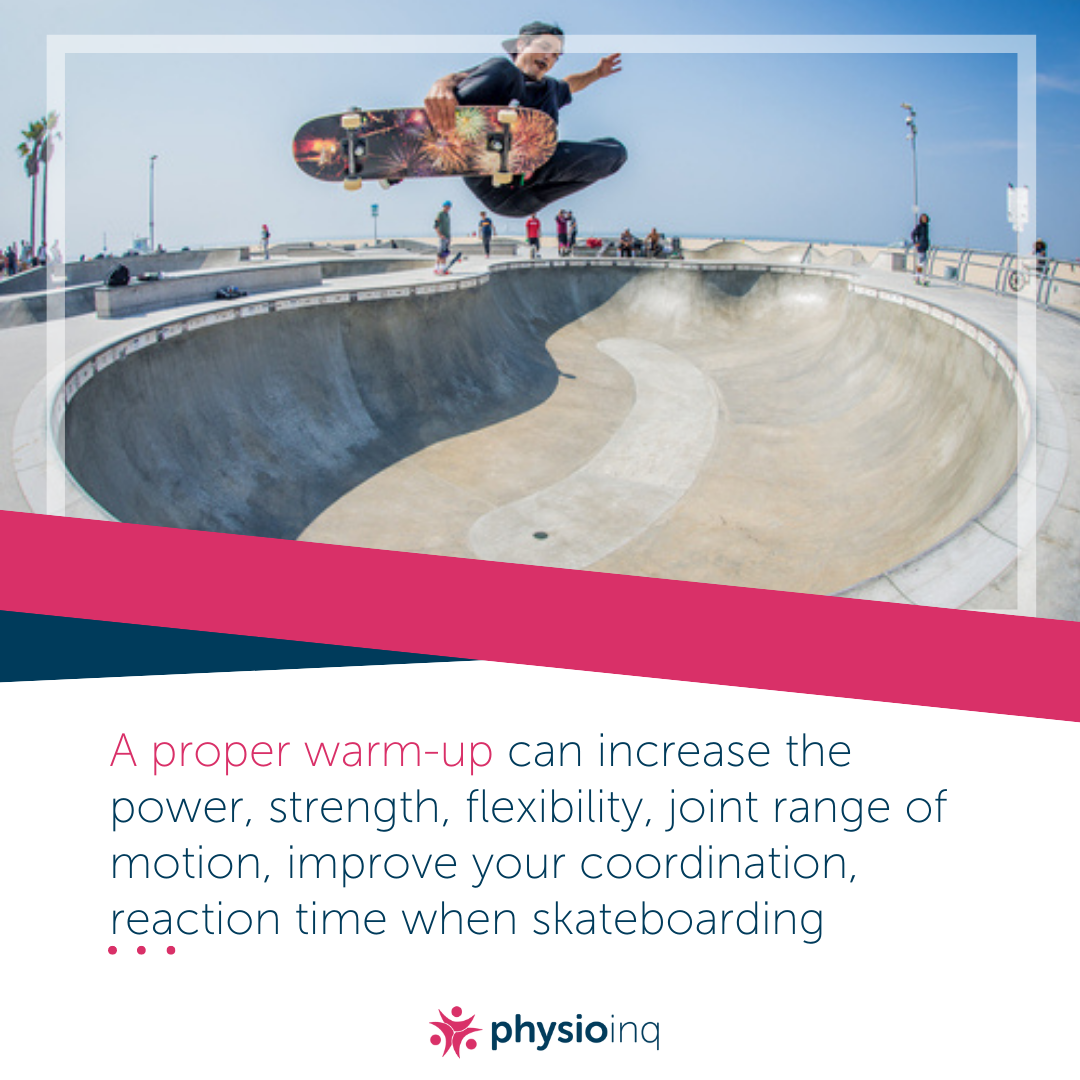Make an Appointment
Help! Has my child fractured or sprained their ankle? How to tell the difference between a fractured ankle and a sprained ankle?
A fracture refers to a break in one or more of the ankle bones, a sprained ankle refers to damage to the ligaments of the ankle due to overstretching beyond their normal range of motion. It's not always easy to identify, but here are some of the symptoms to look out for.

Sprain:
- You can place weight on the ankle just after the injury and several hours later.
- Walking is possible.
- Pain is mild when you press the top and side of the foot just in front of the ankle bone and the lower tips of the outer and inner ankle bone.
Fracture:
- You are unable to place weight on the ankle just after the injury and several hours later.
- Pain is extreme when you press the top and side of the foot just in front of the ankle bone and the lower tips of the outer and inner ankle bone.
- Significant swelling in the area and/or along the length of the leg.
- Swelling and pain doesn’t resolve within a day or two with rest, ice, compression and elevation.
- If there is a deformity or bone piercing through the skin see a health care professional immediately.
- An inability to walk (although don’t solely rely on this test as a less severe fracture may still allow the ability to walk.)
You should always see professional medical advice for any suspected injury. It can be difficult to tell the difference and an Xray or MRI scan is usually needed.
Treatment for a sprained ankle
A sprain is an injury where the ligament is stretched or torn.
Step 1
Apply an ice pack wrapped in a wet towel or cloth to the ankle immediately for 20-25 minutes to keep the swelling down.
Step 2
Visit your healthcare professional immediately.
Step 3
Follow your healthcare professional’s instructions. There are different grades of sprains which require different treatment.
Generally, you will need to rest the ankle for one week, keeping it elevated for the first 48 hours.
Step 4
Apply ice packs wrapped in a wet towel or cloth to minimise swelling four times a day, for 20 minutes at a time.
Step 5
Wrap your ankle in a compression bandage to give it support.
Treatment for a fractured ankle
A fracture is a partial or complete break in a bone. The initial treatment for a fracture is similar to a sprain.
Step 1
Stay off the injured ankle and avoid walking. Apply an ice pack wrapped in a wet towel or cloth to the ankle immediately for 20-25 minutes to keep the swelling down.
Step 2
Visit your healthcare professional immediately.
Step 3
Follow your healthcare professional’s instructions. Certain fractures are treated by restricting the ankle and foot in a splint or cast to allow the bone to heal or surgery may be required. Fractures can be very painful and you may be prescribed anti-inflammatory and pain medication.
Once your ankle has healed your physiotherapist will help to improve movement and function in the area. This often involves gentle exercises that you can do 3- 4 times a day.
Date Published: Monday, June 27, 2016
Locate a Mobile Physiotherapy
Service Near me
Get the experience & convinence you deserve to support your or a loved one's allied health needs.
Our Mobile Physiotherapy team are currently serving & taking appointments in the following states and regions in Australia:
Need to get into direct contact with ur Client Services team? We're all ears. Call our team directly on 1300 731 733














